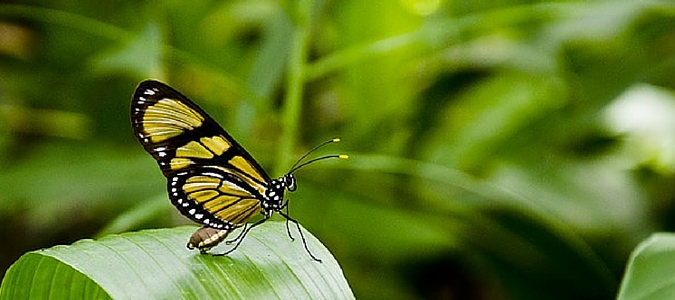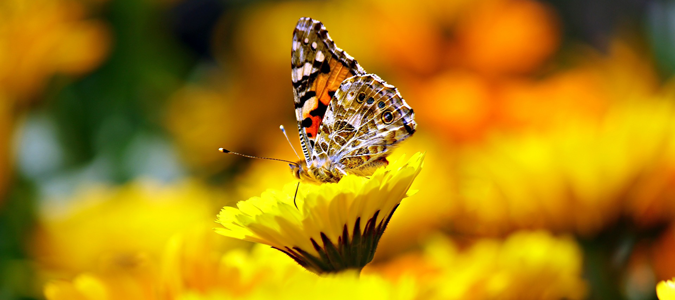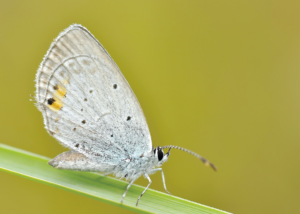
Summer is nearly upon us in Corpus Christi. There’s nothing better in the summertime than a yard filled with flowers and butterflies. Did you know that attracting different species of butterflies can be as easy as adding a variety of flowering plants to your garden, as well as following a few safe gardening practices?
Below we’ll look at some of the ways you can turn your yard into your personal butterfly garden.
How to attract butterflies
There are a number of plants that attract butterflies, and they fall into a couple of categories.
First, there are plants that butterfly larvae (caterpillars) love to eat. Growing some of these plants ensures that butterflies will mark your yard as one of their favorite places to visit.
Second, butterflies are garden pollinators. Like bees and wasps, they help pollinate flowering plants by feeding on their nectar and transferring pollen from one flower to the next. Be sure to plant annual and perennial flowers favored by butterflies, but don’t forget the flowering shrubs and vines they also love.
9 simple steps you can take to welcome butterflies into your garden.
- Practice organic garden techniques, including fertilizing with compost, for robust and healthy plants with a minimum of chemicals.
- Plant native plants, rather than imported or naturalized varieties, for the best results. Butterflies have adapted to plants that have grown here for hundreds of years, and will prefer those over showy plants that aren’t originally from our region. As a bonus, native plants are drought-tolerant for the most part, meaning you won’t have to water them as often.
- Avoid using pesticides, which are indiscriminate and will kill butterflies and caterpillars just as fast as garden pests, as well as herbicides like Roundup, which devastate honeybee and butterfly populations.
- Give butterflies flat rocks and other surfaces where they can sun themselves and dry their wings.
- Provide one or more shallow water sources. Birdbaths with pebbles, shallow dishes of water or even puddles will attract butterflies.
- Plant a variety of flowers and shrubs that bloom all summer long to attract the widest variety of species, as not all butterflies like the same kinds of plants. The more flowering plants you offer, the more likely butterflies will find your garden.
- If your yard is open, having fences, hedges or other windbreaks will appeal to butterflies, which prefer calm areas to feed.
- Don’t remove caterpillars from plants on which they are feeding. While it may look like the hungry caterpillars are killing them, in fact, healthy plants will recover quickly after the caterpillars have moved on.
- Purchase plants from trusted nurseries that practice organic gardening practices, and obtain their plants from similar sources.
Butterfly-friendly plants
The Native Plant Society of Texas recommends several different flowering plants that grow well in Texas and attract butterflies. Below is a brief list of just a few of the plants you might consider adding to your garden. Remember, the more flowering plants you have, the more butterflies you’ll be likely to attract.
Native wildflowers:
Purple coneflower
Lantana
Salvia
Milkweeds and butterfly weed (a favorite of monarch butterflies)
Verbena
Goldenrod
Native vines with beautiful, butterfly-friendly flowers:
Honeysuckle
Crossvine
Passionflower
Shrubs that butterflies love:
Butterfly bush
Flame acanthus
Pink Mimosa
Herbs for Swallowtail butterflies:
Dill
Fennel
Parsley
Rue
When possible, always choose native plants, as these are the plants that butterflies in our region will recognize as food sources.
For further guidance
The experts at ABC Home and Commercial Services use non-toxic lawn management practices and can help you maintain a lawn and garden fit for a king—or at least a monarch butterfly!

